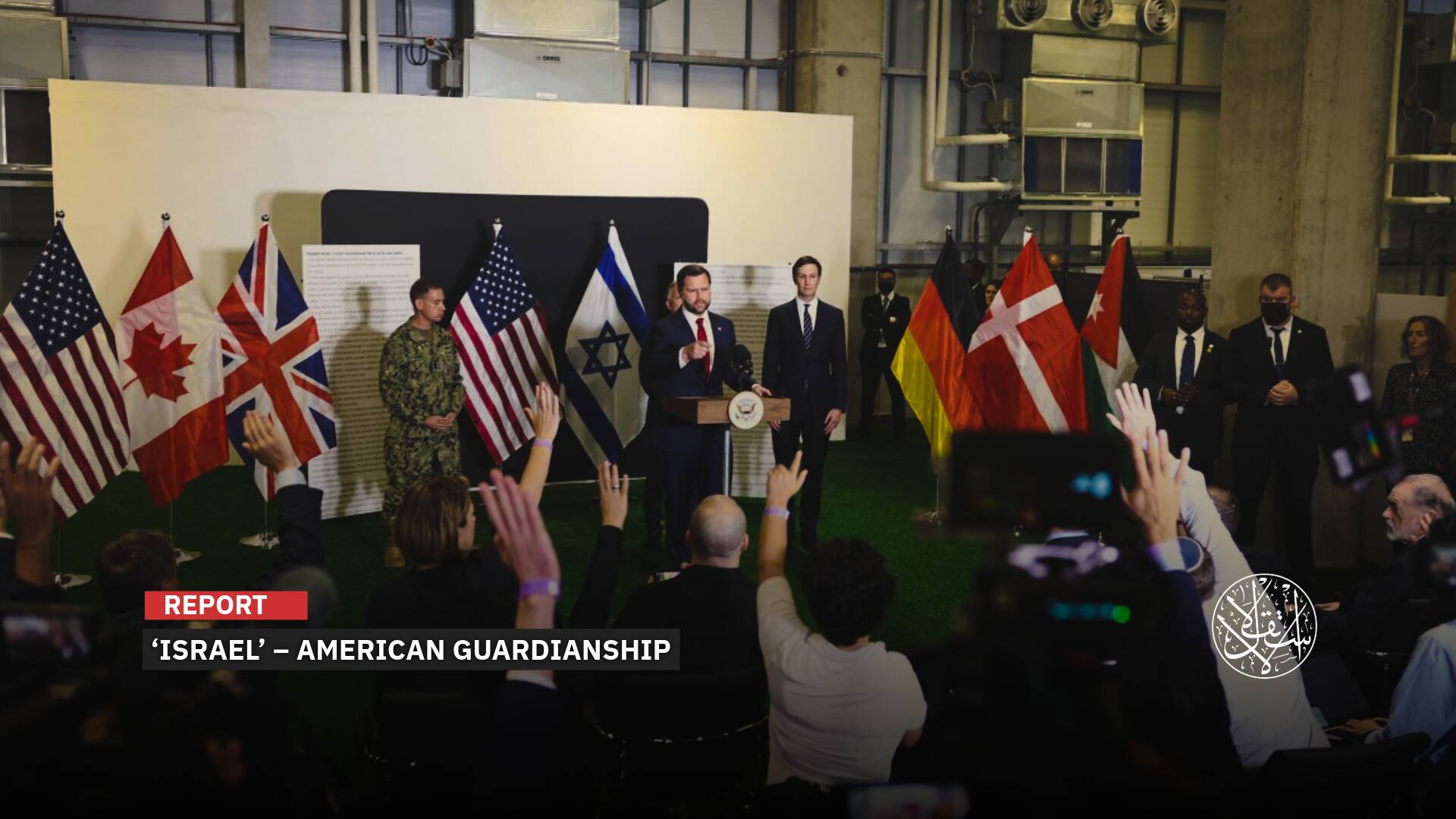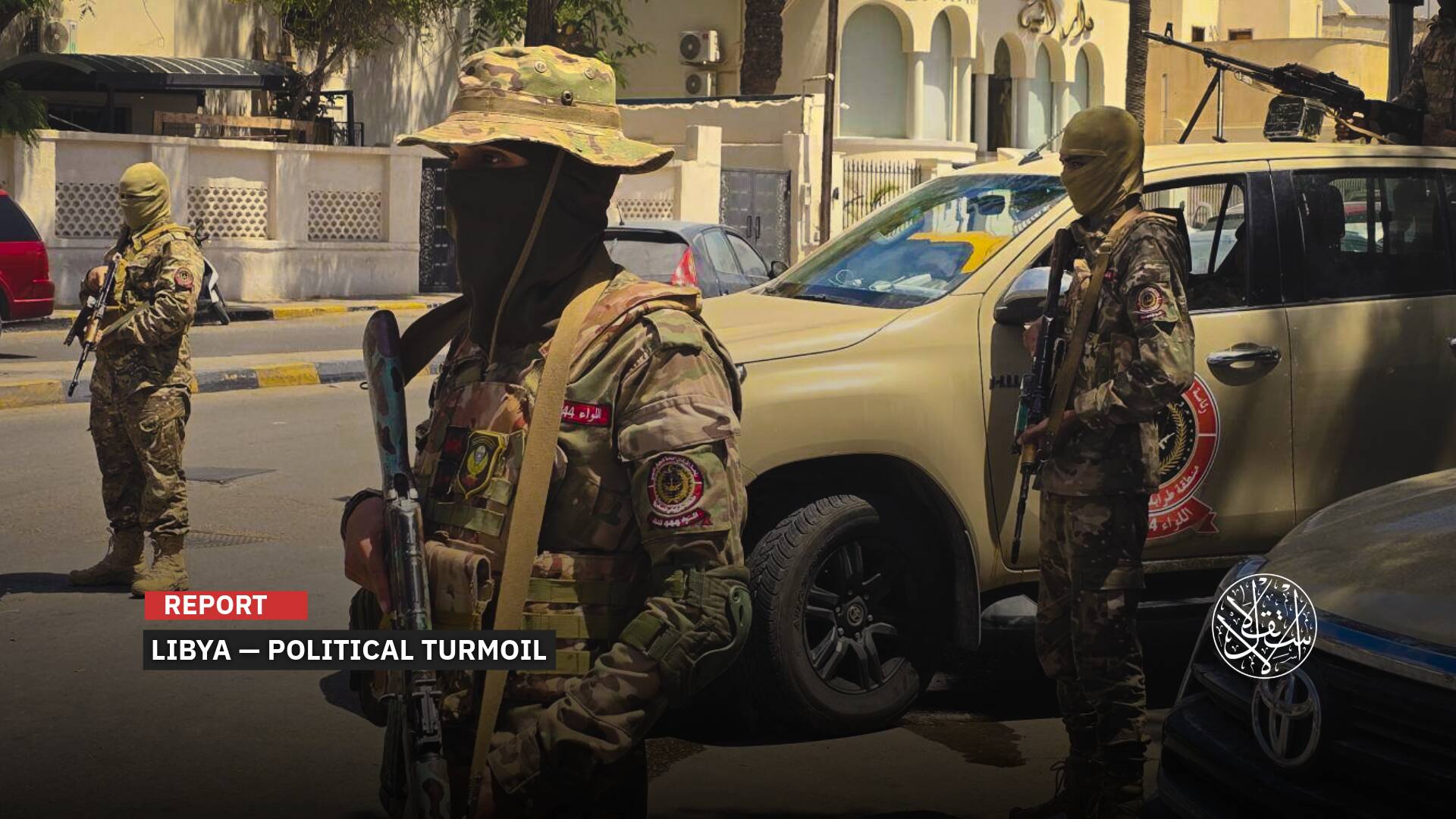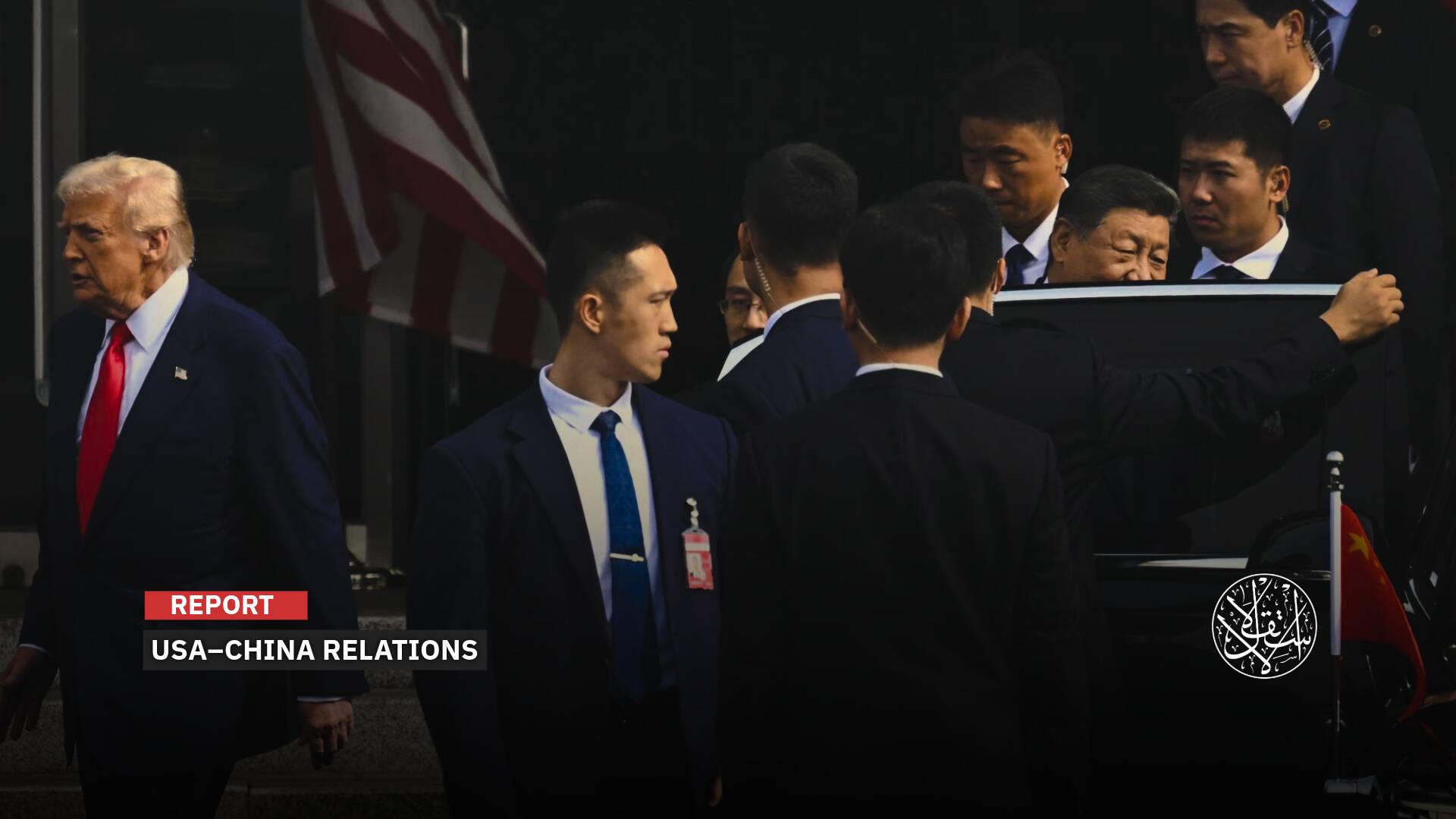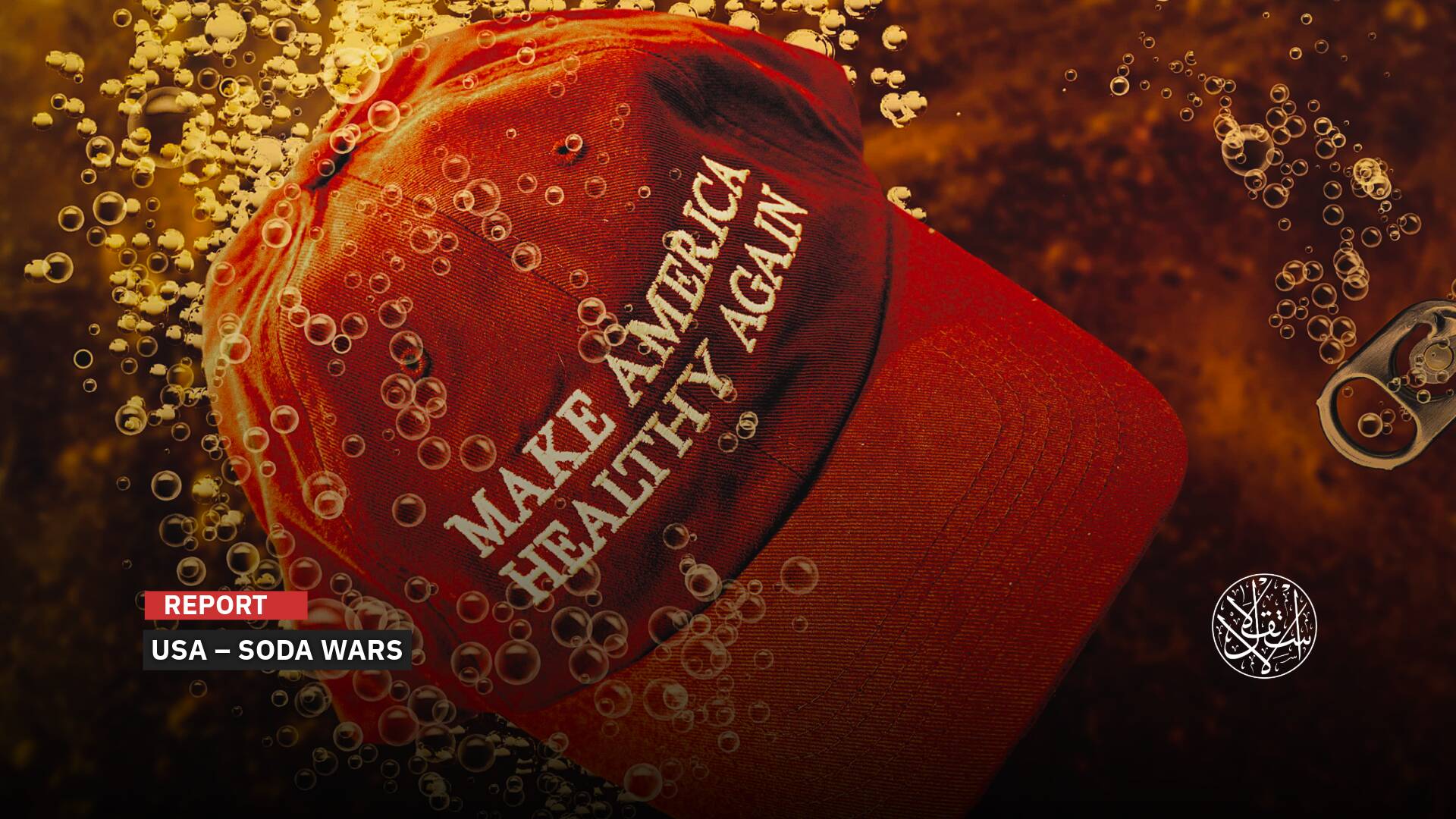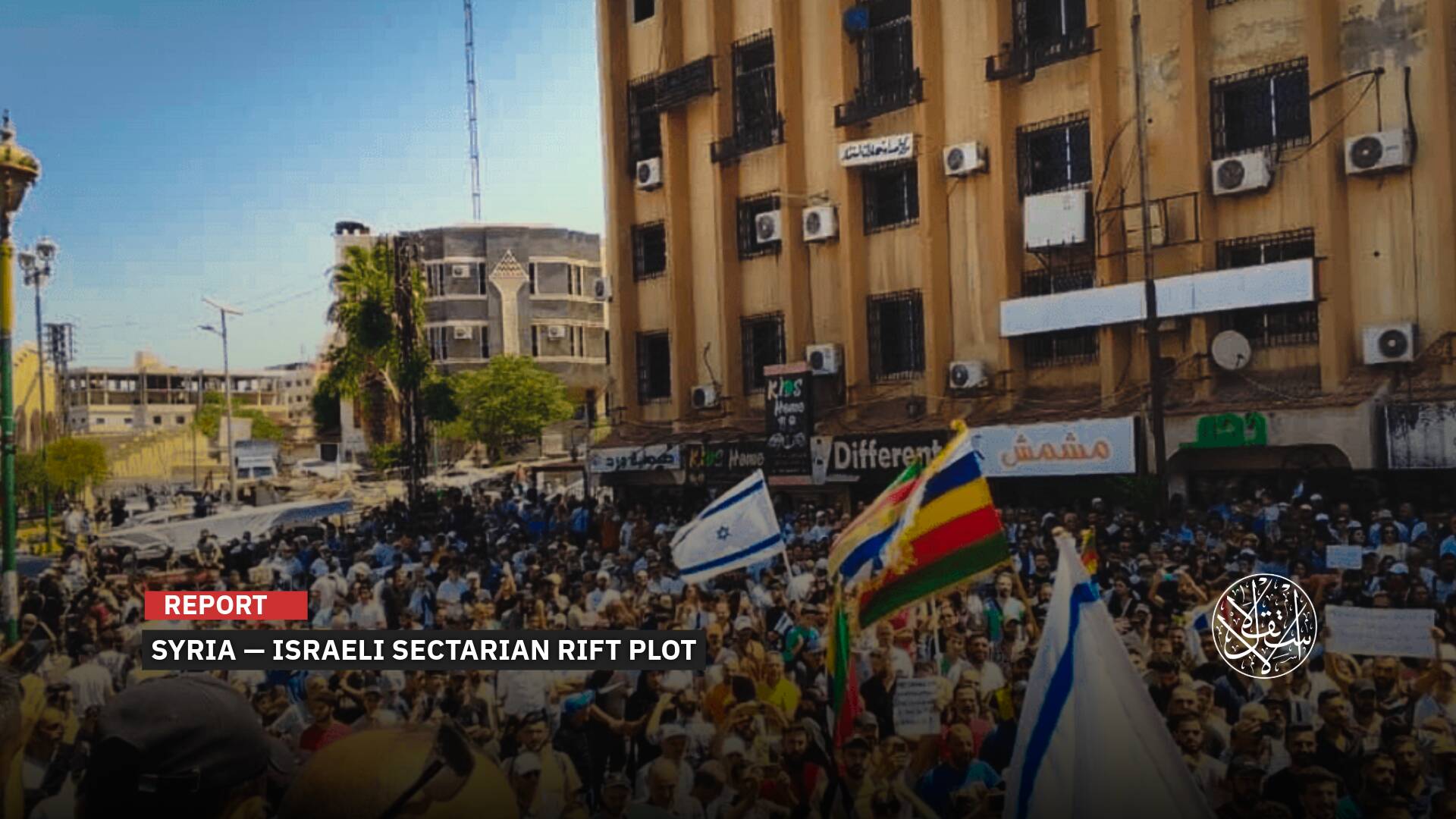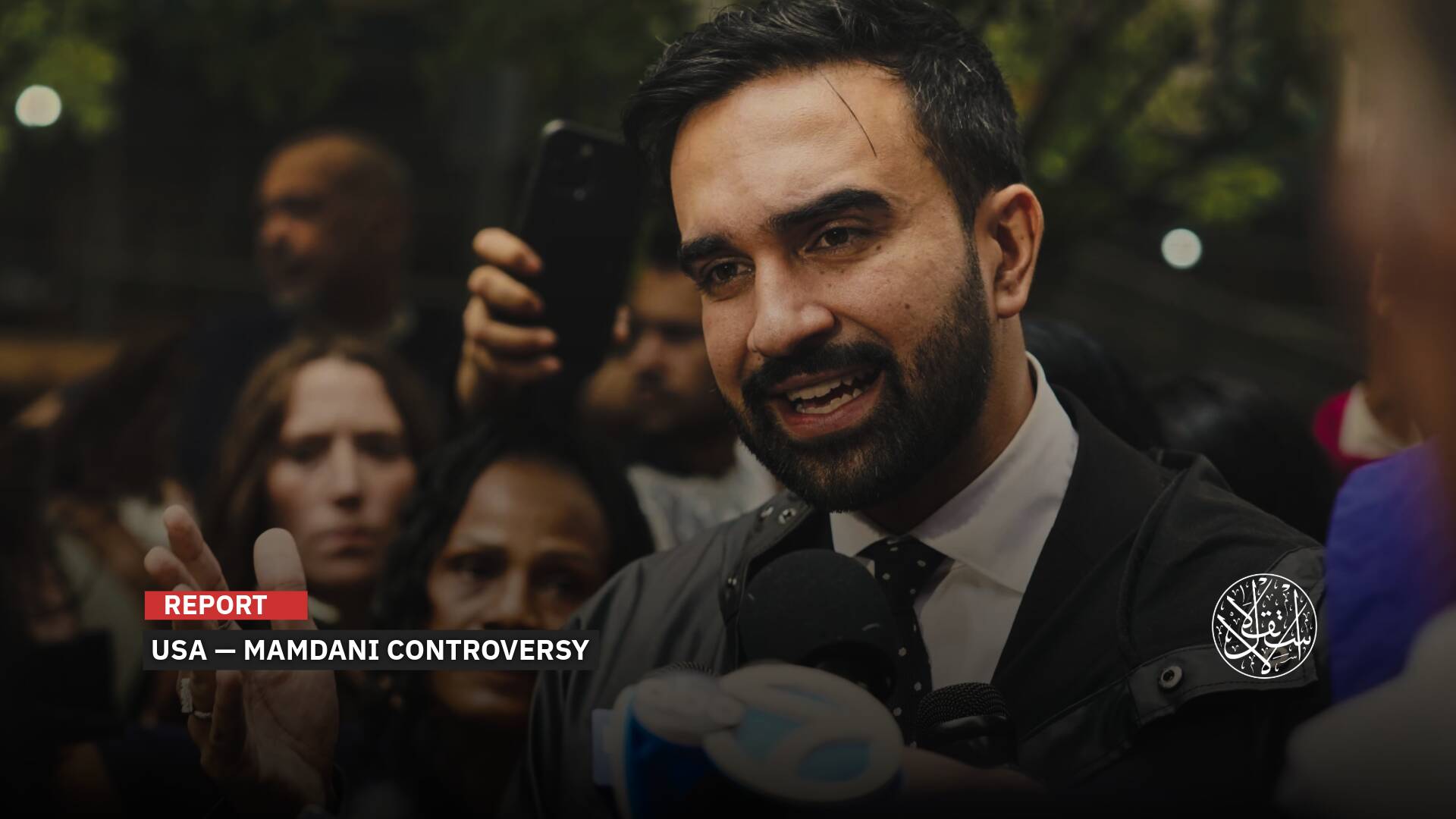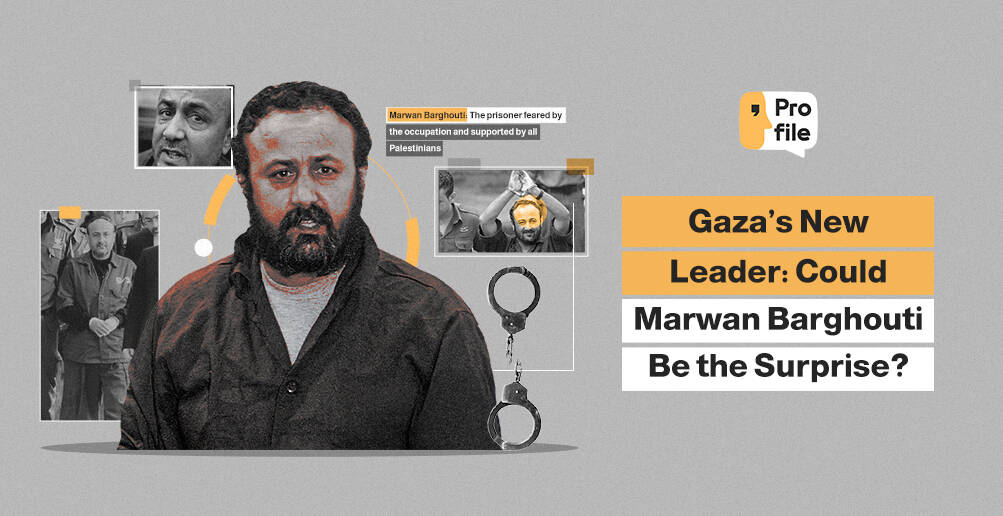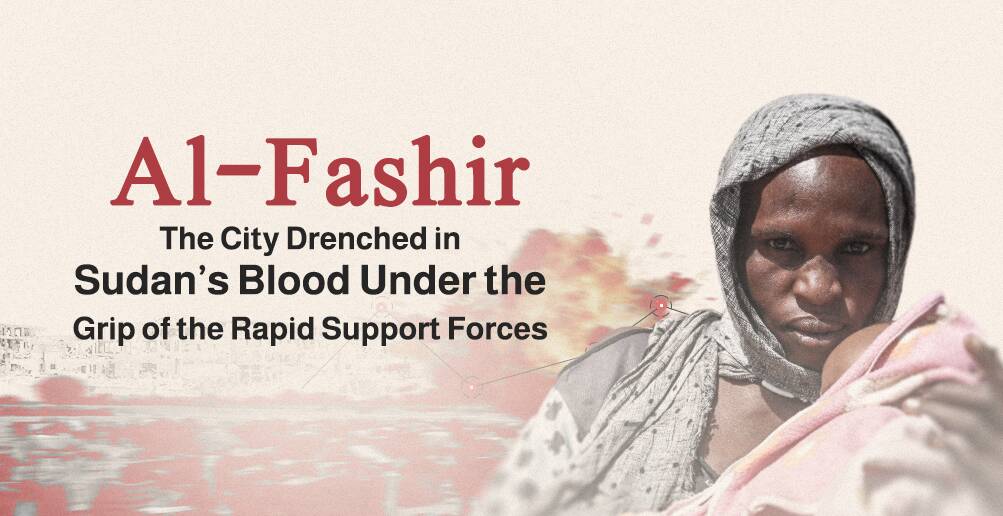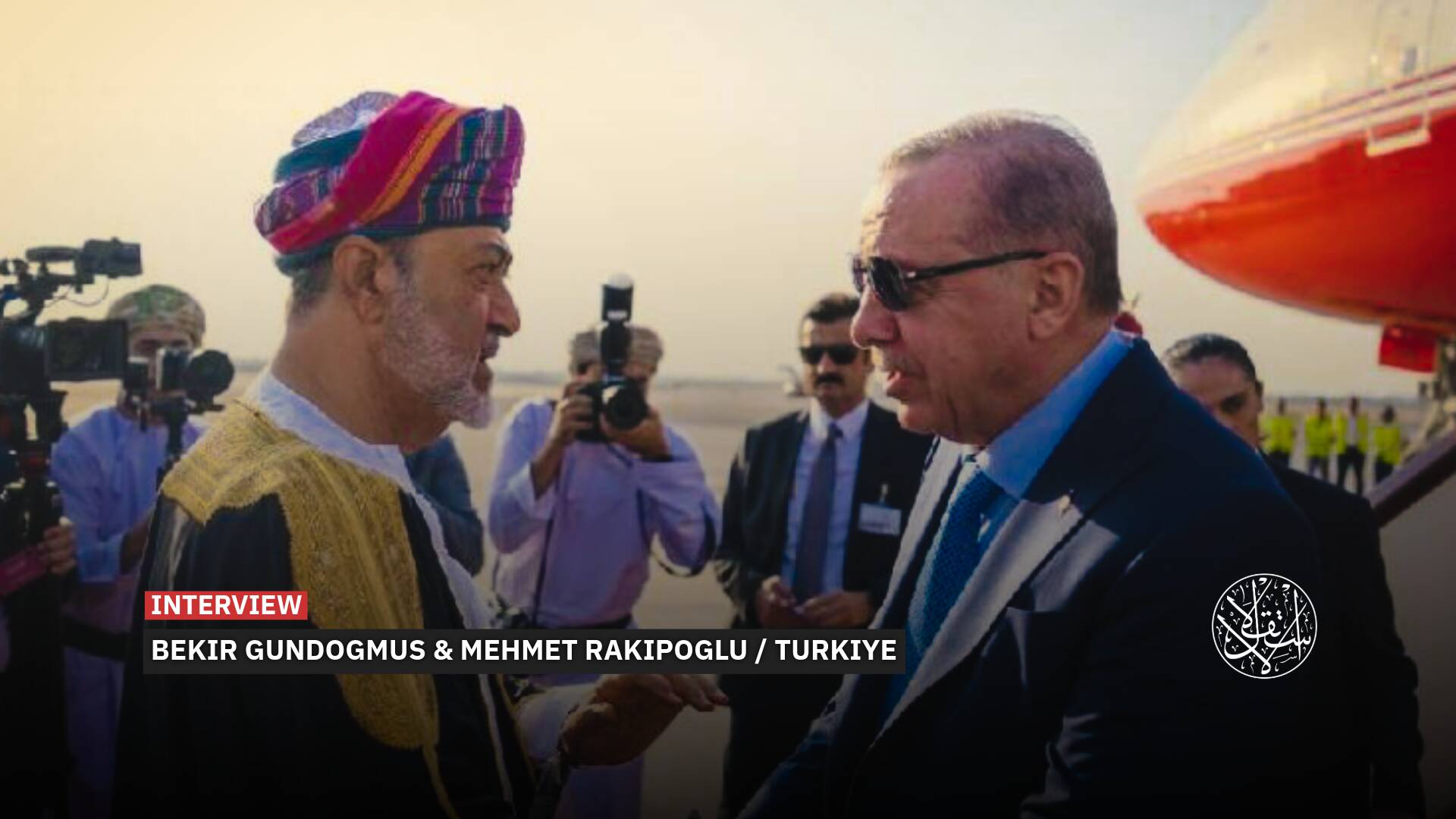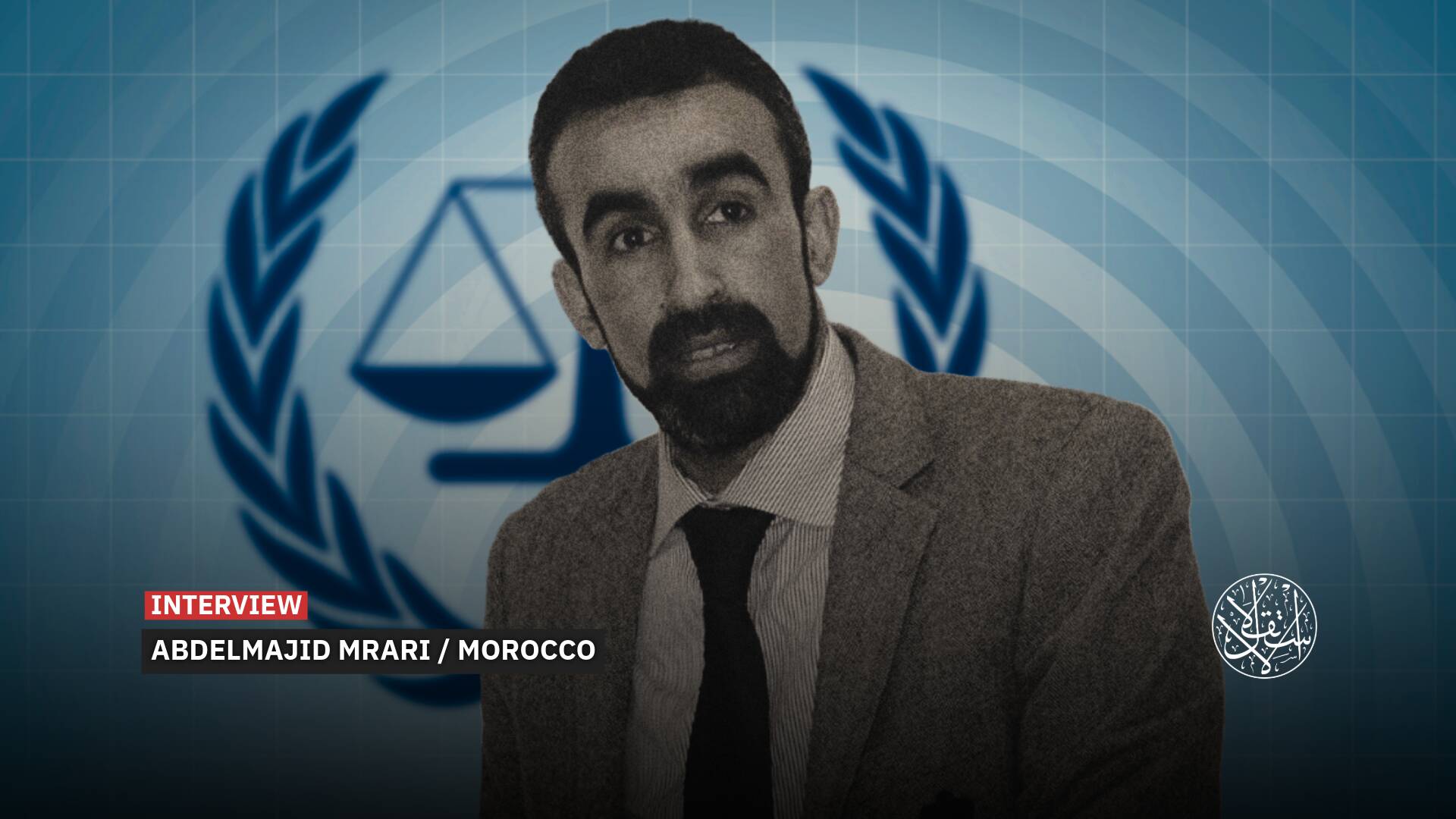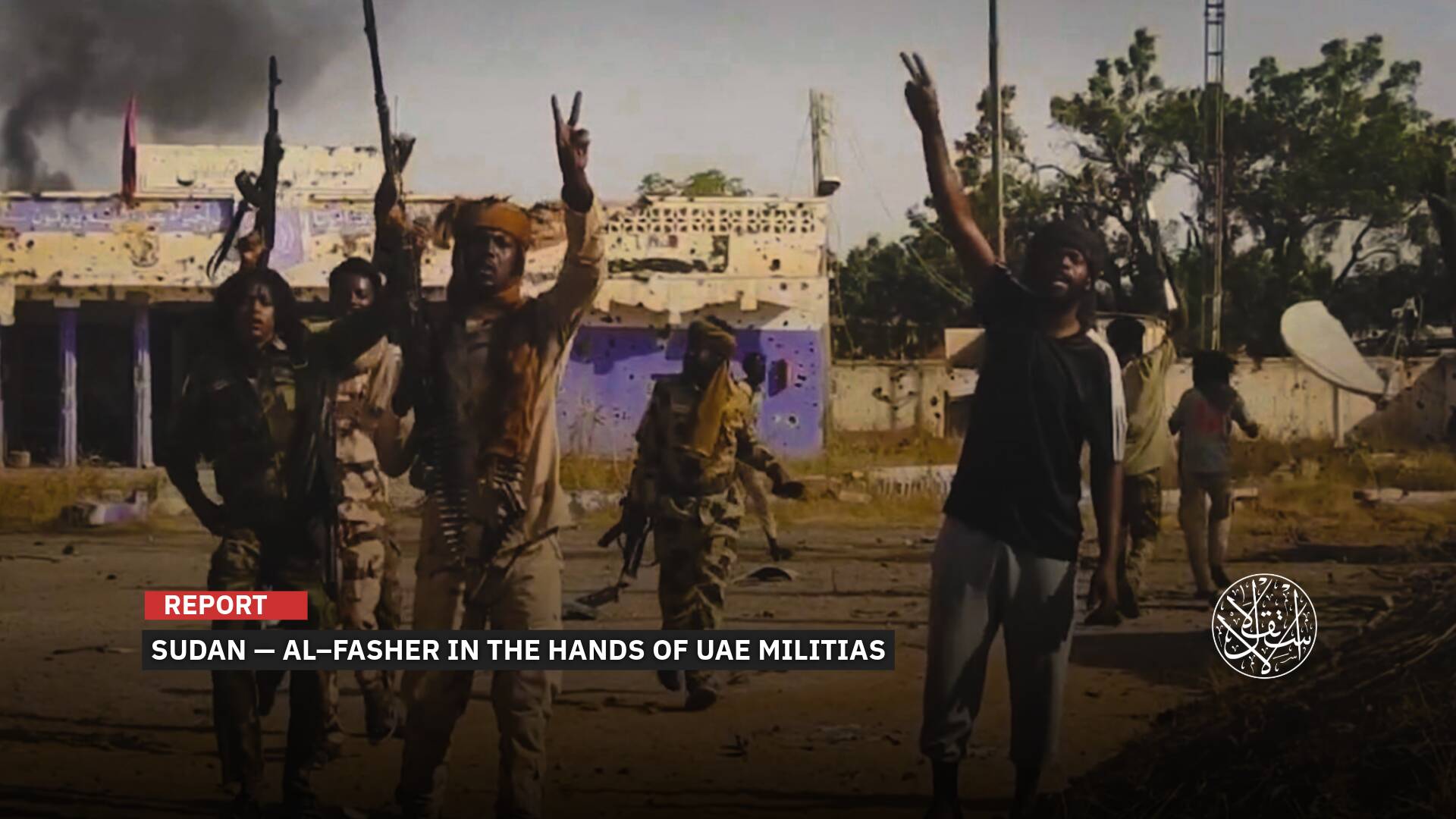SDF’s Dilemma: Autonomy or Integration in a New Syria?

Syria will not be fragmented, and there will be no federations within it.
The Syrian Democratic Forces (SDF), backed by the United States, continue to delay handing over the areas under their control to the new Syrian administration in Damascus.
Since the fall of the ousted Bashar al-Assad regime on December 8, 2024, parts of the Raqqa, Hasakah, and Deir ez-Zor provinces remain under the control of the separatist SDF.
Currently, the new Syrian government is in negotiations with the SDF over the fate of these regions, which remain the key obstacle to declaring full control over Syrian territory.
SDF’s Fate
The new Syrian administration leader Ahmed al-Sharaa met with a delegation from the SDF on December 30, 2024.
According to a source close to the meeting, the talks were described as "positive."
This marked the first discussion between al-Sharaa and Kurdish leaders since the overthrow of Bashar al-Assad, held at a time when clashes were ongoing in the rural areas of Aleppo between the SDF and factions aligned with the "Military Operations Administration," which are backed by Turkiye in northern Syria.
The unnamed official revealed that the meeting was "preparatory" in nature, aimed at laying the groundwork for future dialogue.
He added that both sides agreed to continue and intensify discussions in pursuit of future agreements.
Previously, on December 18, 2024, al-Sharaa had called on the SDF to "withdraw from those areas or face a military operation that will leave no one behind," according to his statement.

In contrast, Syrian Defence Minister Murhaf Abu Qasra told Agence France-Presse that the Syrian Democratic Forces (SDF) would join the new government, reaffirming that "Syria will remain unified, and there will be no federalism."
In response, the Kurdish Autonomous Administration, which oversees the SDF, expressed its willingness to engage in dialogue with the newly established authorities in Damascus.
Mazloum Abdi, the commander of the SDF, signaled his forces’ readiness to disband and integrate into a new Syrian army under the authority of the incoming government, provided that Kurdish and minority rights are guaranteed.
"We want Syria to be decentralized, based on democratic pluralistic principles, with local councils sharing some of those powers in agreement,” Abdi stated in an interview with The Times.
Abdi also noted that foreign Kurdish fighters who had joined the SDF to combat the Islamic State, backed by the U.S.-led coalition, are now prepared to return home.
Seeking Privileges
The Syrian Democratic Forces (SDF) are facing growing challenges, particularly as their Arab members—who make up the majority of their ranks—are increasingly distancing themselves from the group.
This shift comes amid growing local calls from cities for unity under one state, seeking to avoid further division or conflict.
Notably, all factions in Syria reached an agreement with Commander Ahmed al-Sharaa on December 24, 2024, to disband and integrate under the new Syrian Ministry of Defense.
In this context, Colonel Fayez al-Asmar, a former defected officer from regime forces during the uprising, told Al Estiklal that the SDF, in its negotiations with the new Syrian administration, is adopting the same approach it had with the ousted Assad regime, particularly in its demands for federalism or political decentralisation.
"The SDF wants its military forces to function as a cohesive unit within the new army, but this is not feasible given their insistence on being the backbone or core of the military. The SDF did not contribute to liberating Syria or fighting the regime of Bashar al-Assad; instead, they pursued their own agenda and have become a tool in the hands of the United States, moving as directed," al-Asmar added.

According to Al-Estiklal, the military expert noted that "the SDF is now in its weakest position. What it had been contemplating, if the Americans withdrew from Syria after Donald Trump took office—rushing into the embrace of the regime, Russia, or Iran—had completely ended. They know this well and realize that they are caught between the hammer of Turkiye and the anvil of the new Syrian army."
"Therefore, the SDF seeks to delay until Trump arrives, hoping to secure some privileges, such as government portfolios and other benefits," he continued.
The SDF, which is controlled by the Kurdistan Workers' Party (PKK), currently controls nearly 90% of Syria's oil fields and 45% of its gas production, primarily located in the northeastern provinces of Hasakah and Deir ez-Zor.
These key resources, in addition to the SDF’s military strength, form the core of ongoing negotiations with Syria's new administration, which aims to unify the country’s land and resources under a single authority.
Fundamental Disagreements
In this context, Syrian economist Younis al-Karim highlights a series of deep-rooted differences between the Syrian Democratic Forces (SDF) and the new Syrian administration.
The latter seeks control over 80% of Syria’s oil resources, the border crossings, and envisions integrating the SDF into the new Syrian army as individual members serving in the autonomous regions.
In contrast, the SDF insists on retaining its identity as a full military division with internal decision-making autonomy.
"But the most concerning issue is that, in the intelligence file, the SDF wants to control and manage this apparatus," al-Karim told Al-Estiklal.
"There is also a problem with the size disparity between the SDF's forces, estimated at 100,000, and the Hayat Tahrir al-Sham group, which numbers around 10,000 fighters. This is why Ahmad al-Shara believes that the SDF can only be integrated as individuals."
Al-Kareem pointed out that there is a dispute over the oil fields that the Syrian Democratic Forces (SDF) have rehabilitated over the past three years, with the new Syrian administration proposing to grant the SDF only 20 % as administrative fees.
He also hinted at a political rift over the new Syrian government's demand that the SDF fight the Kurdistan Workers' Party (PKK), a significant issue that entrenches each side in their positions, hindering any potential agreement until these differences are resolved.
Al-Kareem further stated that these ongoing tensions between the SDF and the new Damascus administration are closely tied to the continuation of Trump's support for the group.

While the prospect of Donald Trump’s return to the White House offers the Syrian Democratic Forces (SDF) a temporary reprieve, it also raises significant concerns.
Many observers believe that Trump may follow through on his previous intentions to withdraw U.S. troops from Syria, which would leave the SDF more vulnerable and sever its military and financial support in the ongoing fight against ISIS.
This potential shift could further weaken the SDF’s position, especially as Turkiye continues to exert pressure on the group to vacate northeastern Syria, which borders Turkiye's southern regions.
In this context, Wael Alwan, a researcher at the Jusoor Center for Studies, points out that the SDF has received support and funding from Iran’s Revolutionary Guard, while the U.S. administration, transitioning from Democrats to Republicans, has largely turned a blind eye to this relationship.
Alwan told Al-Estiklal, "This situation has given the SDF some breathing space to negotiate with the new administration in Damascus, hoping to secure some gains."
"Now, all local and international actors are waiting for Trump’s new policies upon taking office, with his foreign policy priorities becoming clearer. Only then will the fate of the SDF be determined, in light of the significant developments in Syria," he added.
Sources
- "Positive Talks": Ahmed al-Shara Meets with a Delegation from the SDF in Damascus [Arabic]
- SDF Commander: "We Are Willing to Disband and Join a New Syrian Army" [Arabic]
- Syrian Factions Agree with al-Shara to Disband and Integrate into the Ministry of Defense [Arabic]
- New Syrian Authorities Announce Agreement to Disband "All Armed Factions" [Arabic]


